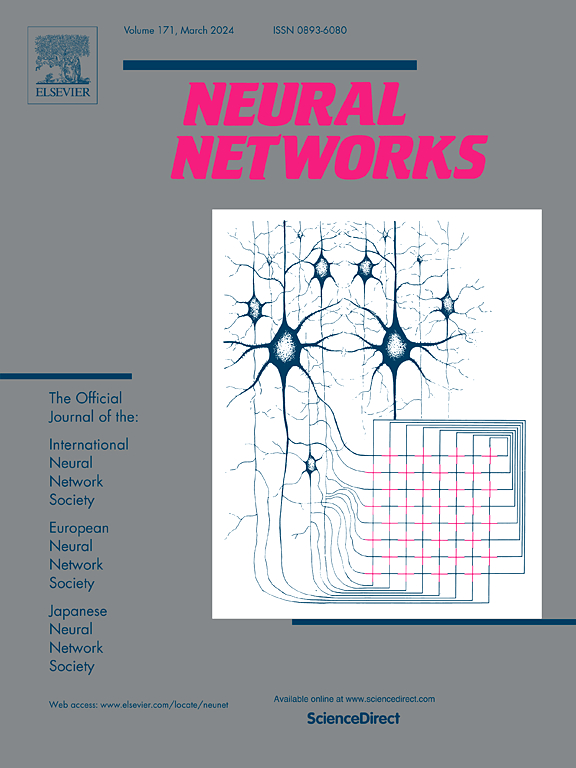Sample-efficient and occlusion-robust reinforcement learning for robotic manipulation via multimodal fusion dualization and representation normalization
IF 6
1区 计算机科学
Q1 COMPUTER SCIENCE, ARTIFICIAL INTELLIGENCE
引用次数: 0
Abstract
Recent advances in visual reinforcement learning (visual RL), which learns from high-dimensional image observations, have narrowed the gap between state-based and image-based training. However, visual RL continues to face significant challenges in robotic manipulation tasks involving occlusions, such as lifting obscured objects. Although high-resolution tactile sensors have shown promise in addressing these occlusion issues through visuotactile manipulation, their high cost and complexity limit widespread adoption. In this paper, we propose a novel RL approach that introduces multimodal fusion dualization and representation normalization to enhance sample efficiency and robustness in robotic manipulation tasks involving occlusions — without relying on tactile feedback. Our multimodal fusion dualization technique separates the fusion process into two distinct modules, each optimized individually for the actor and the critic, resulting in tailored representations for each network. Additionally, representation normalization techniques, including and , are incorporated into the representation learning process to stabilize training and prevent issues such as gradient explosion. We demonstrate that our method not only effectively tackles challenging robotic manipulation tasks involving occlusions but also outperforms state-of-the-art visual RL and state-based RL methods in both sample efficiency and task performance. Notably, this is achieved without relying on tactile sensors or prior knowledge, such as predefined low-dimensional coordinate states or pre-trained representations, making our approach both cost-effective and scalable for real-world robotic applications.
求助全文
约1分钟内获得全文
求助全文
来源期刊

Neural Networks
工程技术-计算机:人工智能
CiteScore
13.90
自引率
7.70%
发文量
425
审稿时长
67 days
期刊介绍:
Neural Networks is a platform that aims to foster an international community of scholars and practitioners interested in neural networks, deep learning, and other approaches to artificial intelligence and machine learning. Our journal invites submissions covering various aspects of neural networks research, from computational neuroscience and cognitive modeling to mathematical analyses and engineering applications. By providing a forum for interdisciplinary discussions between biology and technology, we aim to encourage the development of biologically-inspired artificial intelligence.
 求助内容:
求助内容: 应助结果提醒方式:
应助结果提醒方式:


